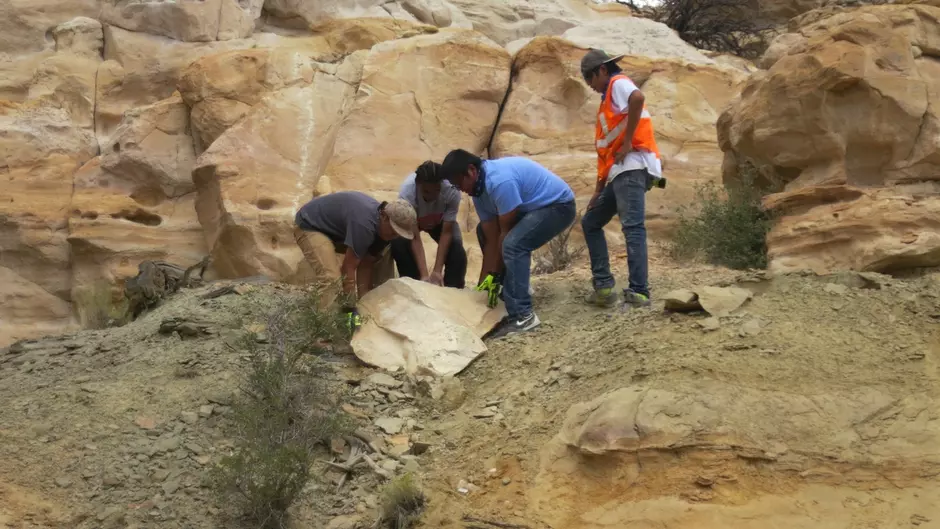
Environment and Biodiversity
Place
Arizona, United States
Sponsor
Edwin Pinero
Grant(s)
€60,000 to the Selection Committee at 2014/10/17
Project leader
"The determination to rehabilitate a territory while fully respecting and involving the population living there makes this project an exemplary one. The Cuenca Los Ojos Foundation is an expert player on the subject of fighting erosion by the use of traditional techniques."
Edwin Pinero
The Cuenca Los Ojos Foundation (CLO) is active in conserving and rehabilitating the biodiversity of the United States/Mexico borderlands by soil conservation, rehabilitation of natural habitats, and the reintroduction of animal species. It also aims to support programs in scientific research and sustainable management of resources. As a pioneer in efforts to adapt to climate change, CLO works in a part of the world that is drying out, striving to reverse the trend by using traditional methods of erosion prevention and soil rewetting.
A source of inspiration for the Navajo people
The project is designed to involve the Navajo community of Greening of Chilchinbeto Chapter in Arizona, one of the most extensive Navajo territories of the country, in a project of ecological rehabilitation. It can serve as an example for the whole Navajo people, because it relies on Navajo community leaders, traditions, values and knowhow. The goal is to rehabilitate a severely eroded part of the territory, and to revitalize a plot of land watered by a spring.
Traditional techniques in the service of rehabilitation
The Cuenca Los Ojos Foundation has drawn on experts in landscape rehabilitation and permaculture. The project zone includes a dry canyon for which it has already enlisted the population in building 20 "trinchera" dams (system for preventing soil erosion and maintaining soil moisture). The project's second zone has two main dry beds that meet: two "gabions" (metal basket or cage filled with sand and rocks) need to be built at this place to strengthen the banks and avert the risk of flooding. Near the canyon, an area with a spring has been invaded by tamarisk shrubs. They have to be removed to enable the rebirth of the vegetation. To do this, the site needs to be fenced in order to prevent water seeking animals from trampling the young shoots and to make them water further away.
Concrete action and many functions
The project is spread over a year and includes various aspects:
- Education of the Navajo community in the environment and recycling and involvement in landscape rehabilitation and the conservation of natural resources.
- Construction of "trincheras" and gabions
- Fencing a wide area around the spring.
- Involving the children in building the "trincheras".
- Grass seeding over wide areas.
- Building "walipinis" (sort of hothouse excavated in the ground) to grow saplings and trees to be replanted.
- Compost project.

